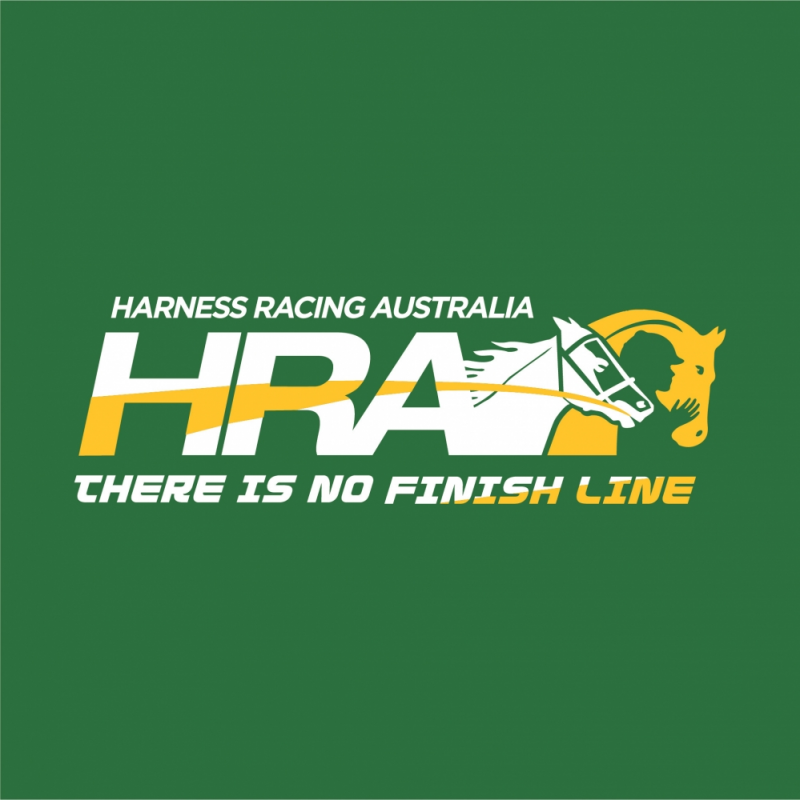Harness Racing Australia first published its Equine Welfare Statement in 2008. The document undergoes review periodically to update terms and definitions and to continuously strengthen the commitment that the harness racing industry has to Equine Health and Welfare. The industry has made great progress in recent years across a number of welfare related areas including whip use, gear and equipment, prohibited substances as well as the complex task of traceability throughout a horse's life. The current Equine Health and Welfare Statement can be found below.
HARNESS RACING AUSTRALIA
EQUINE HEALTH & WELFARE STATEMENT
Harness Racing Australia is committed to the humane treatment and welfare of horses. The cruel, abusive, inhumane or neglectful treatment of a horse by any owner, trainer, driver, stablehand or other person must not be tolerated anywhere, anytime and under any circumstances.
- Cruelty can be defined as intentionally causing pain or unnecessary discomfort to a horse. The standard by which such conduct or treatment will be measured, is that which a reasonable person, informed and experienced in generally accepted training and racing procedures, would determine to be cruel, excessive or inhumane.
- Cruelty to a racehorse either in competition or outside of competition must not be tolerated. State Controlling Bodies and Clubs may consider further action and sanctions within the Australian Harness Racing Rules (AHRR), various Racing Acts and local regulations.
- Neglect is defined as the failure to provide the basic necessities of life: adequate levels of food, water, shelter, security, hoof care, veterinary care, grooming, or sanitation resulting in poor physical conditions.
Harness Racing Australia is committed to:
- Upholding the welfare of horses as a primary consideration in all activities.
- Requiring that horses be treated with kindness, respect and the compassion they deserve, and that they never be subjected to mistreatment or neglect.
- Ensuring that owners, trainers, drivers and their agents use responsible care in the handling, treatment and transportation of their horses, as well as horses placed in their care for any purpose.
- Providing for the continuous well-being of horses by encouraging routine inspection and consultation with health care professionals and competition/industry officials to achieve the highest possible standards of nutrition, health, comfort, sanitation and safety as a matter of standard operating procedure.
- Continuing to support scientific studies on equine health and welfare.
- Being at the forefront of change and evolution of industry best practice.
- Increasing education in training, horsemanship and breeding practices
- Requiring owners, trainers, drivers and stablehands to know and follow their State Controlling Body’s rules and regulations in all equine activities and businesses.
- Tracking the Standardbred at each stage of its journey through the industry.
- Providing pathways and resources for life after racing to facilitate an increasing uptake of retired Standardbred horses into alternative equine pursuits.
- Continuously reviewing, revising and developing rules and regulations that protect the welfare of horses.
Updated July 2019


